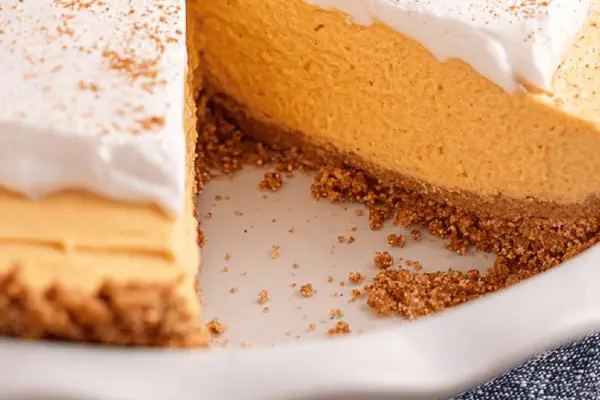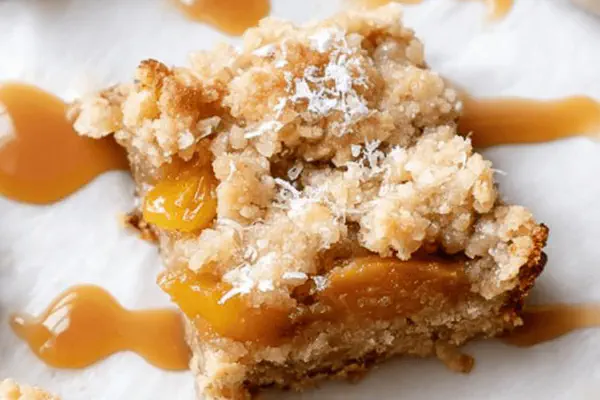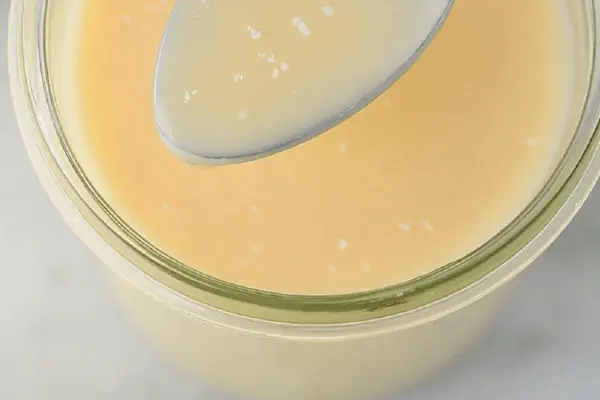Grapefruit Loaf Twist

By Emma
Certified Culinary Professional
Ingredients
- 225 g 1 1/2 cups all-purpose flour
- 12 ml 2 1/2 tsp baking powder
- 1 ml 1/4 tsp ground cardamom (sub for salt)
- 15 ml 1 tbsp finely grated grapefruit zest plus extra for garnish
- 125 ml 1/2 cup freshly squeezed grapefruit juice
- 60 ml 1/4 cup plain yogurt (instead of milk)
- 3 large eggs at room temperature
- 250 g 1 1/4 cups light brown sugar (replaces white sugar)
- 180 ml 3/4 cup vegetable oil
Glaze
- 130 g 1 cup powdered sugar
- 30 ml 2 tbsp grapefruit syrup (grapefruit juice reduced with a touch of sugar)
- Dried rose petals to sprinkle (optional)
About the ingredients
Method
Preheat and prepare
- Place oven rack mid-level. Preheat oven to 175 °C 350 °F. Grease a 23 x 13 cm 9 x 5 inch loaf pan with butter. Line with parchment leaving an overhang on two sides for easy removal.
Dry mix
- Whisk flour, baking powder, and ground cardamom together in a bowl. Cardamom kicks up complexity instead of plain salt. Set aside.
Liquid prep
- In a small cup, combine grapefruit zest with juice and yogurt. Let sit 5 minutes. The yogurt thickens slightly, reacting with zest oils. The mix should smell zingy, slightly creamy, almost floral.
Eggs and sugar
- In a large bowl, beat eggs and brown sugar on high with electric mixer until pale, thick, and ribbon falls off beaters about 7 minutes. This step traps air; crucial for loft.
- Reduce mixer speed to low and drizzle in oil in a thin stream, blending gently but continuously. Runny oil mixes in easier than adding all at once.
Combine wet and dry
- Add flour mixture in thirds, alternating with grapefruit-yogurt liquid in halves. Fold carefully with spatula to keep air bubbles intact. Overmix and loaf toughens.
- Spoon batter into loaf pan, smooth top. Batter dense but glossy, smells citrusy sweet and a bit spicy from cardamom.
Baking
- Bake about 50 minutes. Check doneness starting at 45 by inserting skewer; it comes out with few moist crumbs, not wet batter. Top should crack slightly and golden, edges pulling from pan. Oven temps vary; watch closely after 40 mins.
- Let loaf cool in pan 10 minutes, then use parchment overhang to lift onto cooling rack. Warm loaf fragility; if stuck, loosen edges with sharp knife.
Glaze
- Mix powdered sugar with grapefruit syrup. Should be thick but pourable like honey. Add more syrup or sugar for consistency. Pour over cooled loaf, glaze pooling and dripping on sides, catching flakes of zest and dried roses if used.
- Chill 10 minutes to set glaze. Serve with dollop vanilla yogurt or citrus segments. Loaf keeps three days in a covered container at room temp.
Troubleshooting and tips
- brown sugar substitution adds moisture and deeper flavor but can alter texture slightly; avoid overbeating eggs or bread will be dense. Cardamom instead of salt can surprise palate; taste batter before baking to adjust. If yogurt unavailable, buttermilk or sour cream works. Use fresh grapefruit juice; bottled lacks vibrancy. Watch oven times closely—too long and edges dry; too short and crumb is gummy.
- Loaf batter is thick; scrape bowl edges well to incorporate all flour. Use a wooden or silicone spatula rather than whisk to avoid deflating batter. Resting batter before baking not necessary - citrus flavors brighten with immediate baking.
- The glaze needs thin but opaque pour consistency, allowing a shiny coat without running off completely. If glaze sets too hard or cracks, add tiny extra syrup next time. For visual flair, sprinkle edible rose or grapefruit zest immediately after glazing. If fresh petals unavailable, candied citrus peel gets similar effect.
- This somewhat dense, aromatic bread balances citrus zip with subtle spice and creamy elements. Best enjoyed with tea or coffee amid morning rituals.
Cooking tips
Chef's notes
- 💡 Eggs must be room temp—beat 7 mins high speed. Ribbon falls, pale thick mix traps air. Skip overbeating or bread dense. Add oil slowly in thin stream; rushing kills air. Folding dry and wet alternates keeps mix light. Liquid mix rests 5 mins—zest oils infuse yogurt juice combo. Smells zingy, slightly creamy. Don’t whisk flour mix; cardamom tricky, sprinkle evenly to avoid clumps. Baking time varies 45 to 50 mins; test with skewer. Edges pull from pan, top cracks subtly, golden color cues done.
- 💡 Yogurt replaces milk adding slight acidity; makes crumb tender but watch batter texture—too thick means folding harder. Brown sugar adds moisture and darker crumb tone; flavor deeper like molasses but shifts color. Cardamom swap for salt brings spice-floral aroma; taste batter before baking, adjust if bitter or weak. Parchment sling crucial for lifting loaf, prevents sticking—cut around edges of pan after baking if stuck. Oven rack mid-level for even heat, stops top burning before inside cooks.
- 💡 Glaze thick but pourable consistency; too thin slides off, thick cracks. Use reduced grapefruit syrup, not just juice; simmer juice with pinch sugar till thick, syrup coats spoon. Add powder sugar gradually. Pour over warm—not hot—loaf allowing glaze to set shiny coat. Sprinkling zest or dried rose petals immediately locks in color and faint floral scent. Chill 10 mins to set glaze before slicing. Store at room temp covered; fridge dries loaf quickly, lose moisture fast.
- 💡 If fresh grapefruit juice missing, but bottled juice loses aroma and brightness—substitute freshly squeezed lemon juice but lower quantity, sharper taste. Cardamom can be replaced with ground ginger or cinnamon but shifts profile distinctly. Yogurt works best plain; buttermilk or sour cream alternative if unavailable. Oil choice affects texture—vegetable oil neutral, light olive or avocado risk flavor dominance. Rest batter no more than 5 mins before baking, citrus flavors freshen with immediacy.
- 💡 Watch batter texture throughout—dense but glossy indicates right hydration, too runny means under flour, too thick risks toughness. Folding only, no whisking after mixing dry with wet, to preserve bubbles. Use wooden or silicone spatula. Batter should drop slowly off spoon in ribbons not thick globs. Cooling in pan traps moisture longer; lift using parchment sling after 10 mins to prevent soggy bottom. Knife to loosen edges if loaf resists removal. Baking smells shift from sharp zest to caramel, cardamom notes subtle but present.
Common questions
Why swap cardamom for salt?
Cardamom brings floral spicy notes instead salt’s saltiness. Adds complexity. Watch quantities; too much bitter. Adjust before baking because flavor subtle but present. Some prefer ground ginger or cinnamon substitute. Changes bread aroma a lot.
Can I use bottled grapefruit juice?
Bottled juice lacks freshness, aromatic oils fade. Bread flavor duller. Use freshly squeezed if possible for zing, aroma. If unavailable, lemon juice smaller amount works but sharper. Avoid store syrup juice mix, artificial flavors mask real. Fresh zest essential; bitterness from pith ruins flavor.
Batter thick or thin?
Batter should be dense but glossy; drops slowly off spoon in ribbons. Too thin means flour undermeasured, loaf dense, runny oil added too fast. Too thick, difficult folding, tough bread. Fold gently alternating dry and wet to keep air bubbles. Avoid overmixing flour after liquids.
How to store loaf?
Store covered at room temperature avoids drying; fridge speeds drying despite slowing mold. Use airtight container or wrap in cloth loosely. Loaf keeps 3 days max. For longer keep, freeze sliced, seal well. Thaw at room temp, restore some moisture with light brushing of citrus syrup or yogurt.



